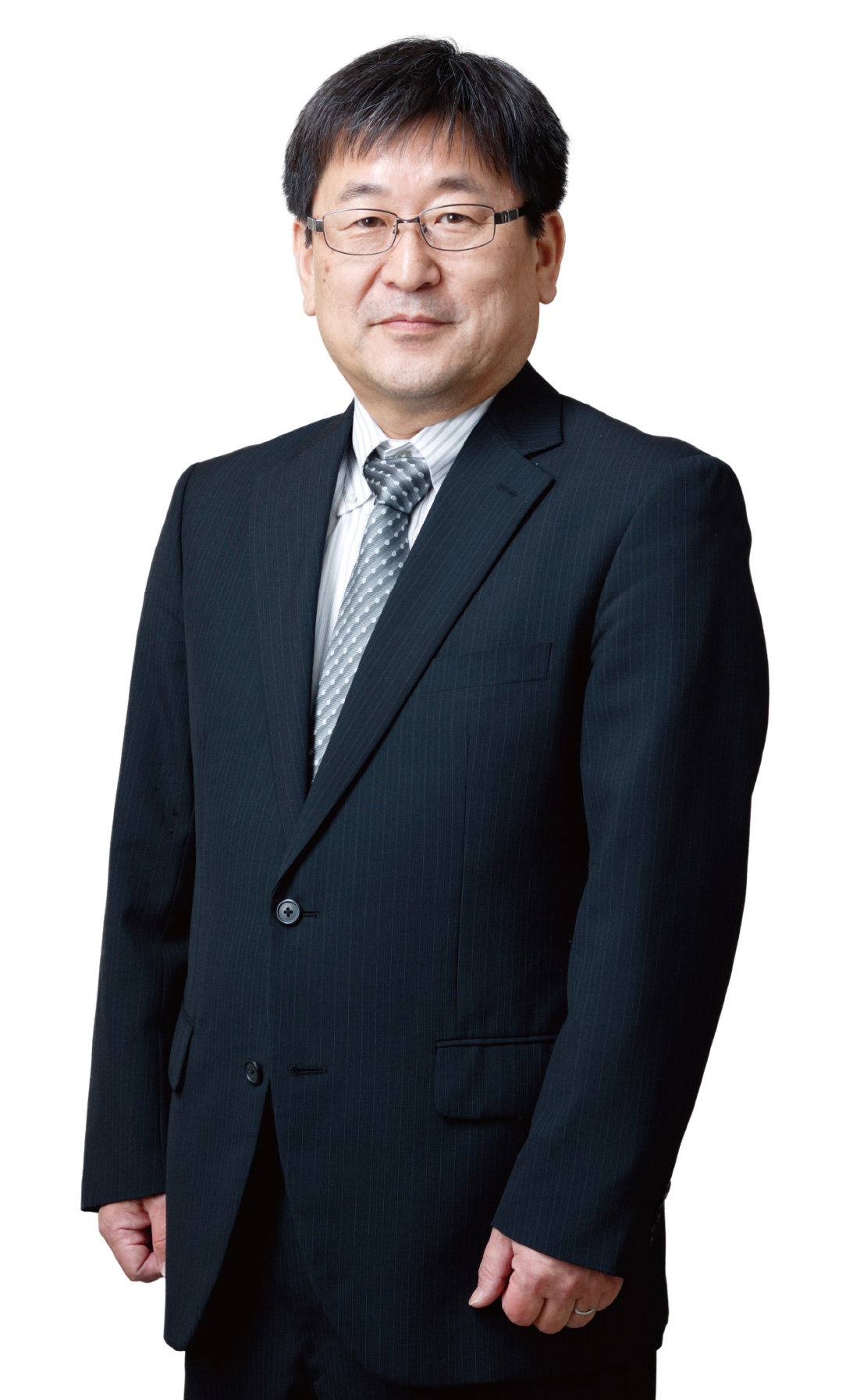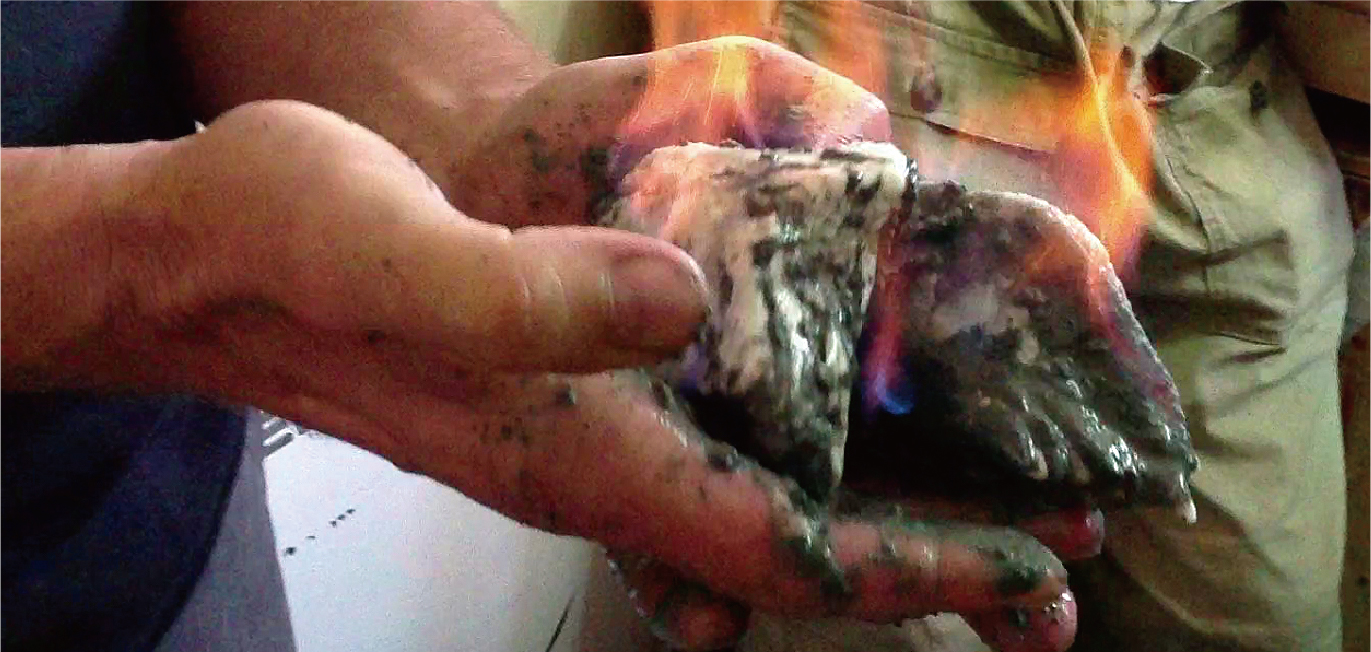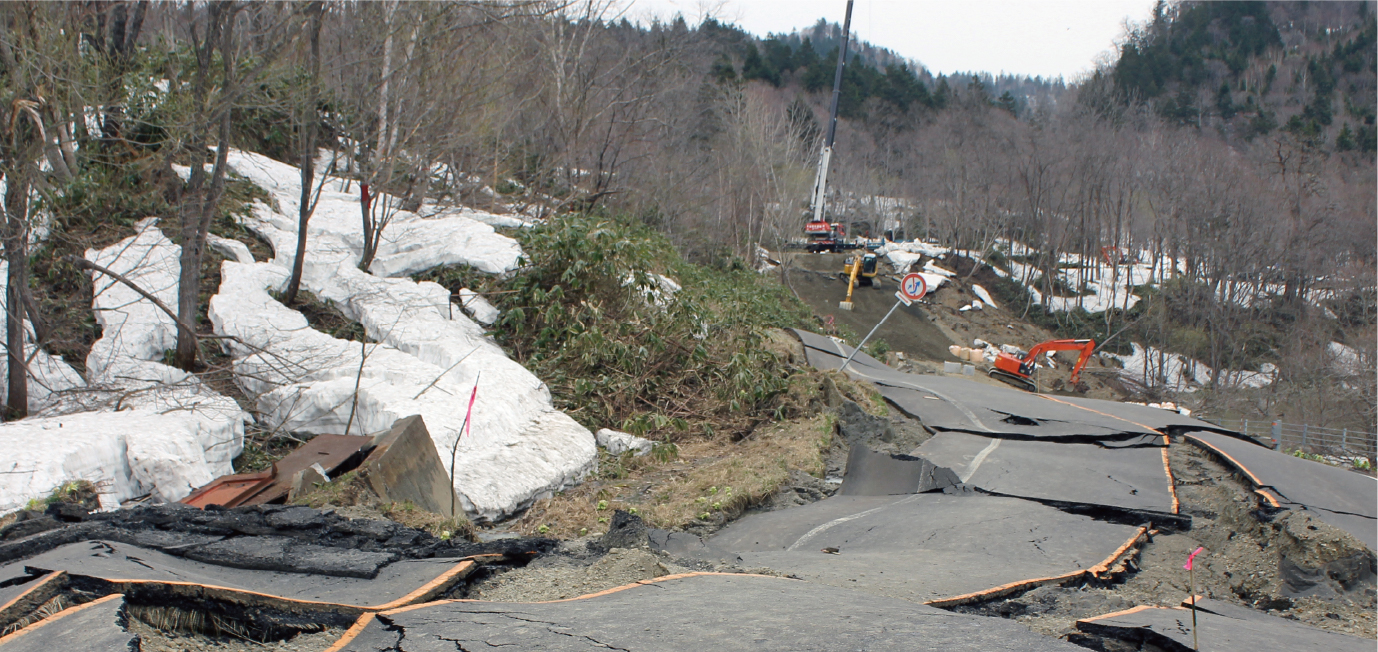Academics
School of Earth, Energy and Environmental Engineering
Environment Protection
and Disaster Prevention Course Program
This course’s curriculum consists of basic subjects on earth environment,
cold region nature and environmental engineering and disaster prevention.
Faculty Interview

Satoshi YamashitaProfessor
◎Profile: Graduated from the Department of Civil and Environmental Engineering, Faculty of Engineering, Kitami Institute of Technology, before obtaining a doctoral degree in engineering from Hokkaido University. Research interests include the deformation and strength properties of ground materials, earthquake-triggered liquefaction and evaluation of the stability of submarine ground containing methane hydrate.
Never regret not having
done something you wanted to do.
Setbacks are fine;
continue moving forward
with a sense of purpose.
Taking advantage of the favorable location of KIT, situated in nature-rich Hokkaido’s Okhotsk region, students learn the basics in the environmental domain. In the practicum, they learn about how the Okhotsk area is tackling issues related to environmental protection and disaster prevention, identify problems and work as a team to explore solutions. The campus is a place of self-formation as students deepen their specialized knowledge. To do this requires a broad perspective with wide interests. Initial goals may be vague and are subject to change, but that is fine. Do not be afraid of setbacks and take on challenges in whatever you are interested in. Doing so will bear fruit in your life.
Curriculum
- Environmental Earth Science
- Glaciology
- Introduction to Environmental Studies
- Geotechnical Engineering I
- Hydraulics I
- Structural Mechanics I
- City Planning
- Integrated Study in Environment and Disaster
- Prevention I
- Practical English
- Introduction to Gas Hydrate Research
- Water Environmental Engineering
- Integrated Study in Environment and Disaster Prevention II
- Experiments on Environment and Disaster Prevention Engineering I
- Experiments on Envionment and Disaster Prevention Engineering II
- Bachelor’s Thesis
- Analytical Chemistry I
- Environmental Materials
- Surveying
- Exercise in Computer Aided Drawing for
- Disaster Prevention and Environmental Engineering
- Remote Sensing
- Analytical Chemistry II
- Cold Regions Rock Mechanics
- Geotechnical Engineering II
- Hydraulics II
- Structural Mechanics II
- Reinforced Concrete Structure
- Mathematical Methods for Planning
- GIS Practice for Environment and Disaster Prevention
- Surveying Practice and Drafting
- Introduction to Ice Physics
- Meteorology
- Water and Wastewater Treatment Engineering
- Measurement Science in Environmental Analyses
- Introduction to Ecology
- Analyses for Geo-disasters
- Geo-environmental and Geo-disaster Prevention Engineering
- River Engineering
- Coastal Engineering
- Snow and Ice Disaster Prevention Engineering
- Ice Covered Sea Engineering
- Experiments in Environmental Chemistry
- Integrated Study of Career Advance
- Applied Ecological Engineering
- Hydrology
- Earthquake Disaster-Mitigation Engineering
- Explosives Engineering
*The description refers to the 2020 academic year curriculum and is thus subject to change.
Lecture
-
Introduction to Gas Hydrate Research
Methane hydrate, often referred to as “fiery ice” and regarded as a future energy source, stores a massive volume of global warming gases. Students learn their properties and importance from the viewpoints of environmental studies and environmental earth science.

-
Geotechnical Engineering I
Students learn through lectures and practical work about the basic properties and phenomena of soil essential to mitigate or prevent disasters involving the ground, such as slope collapse due to torrential rain and melted snow, earthquake-triggered liquefaction, and frost heave unique to cold regions.

